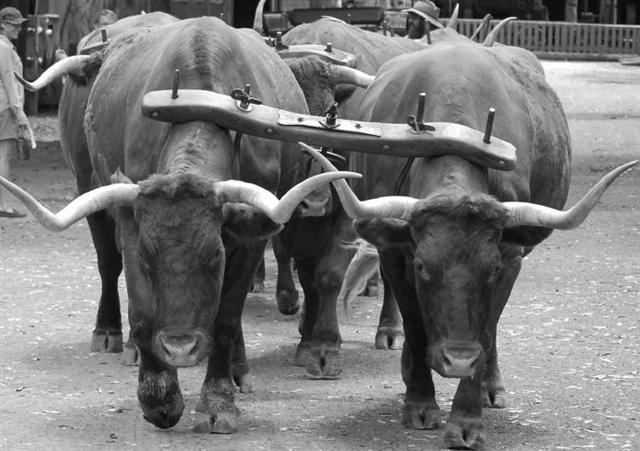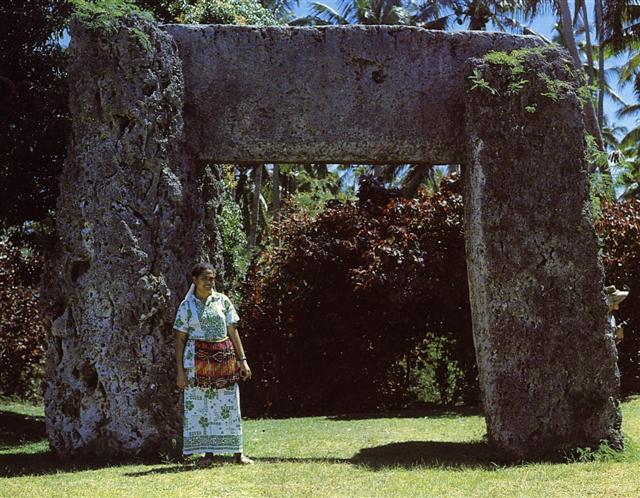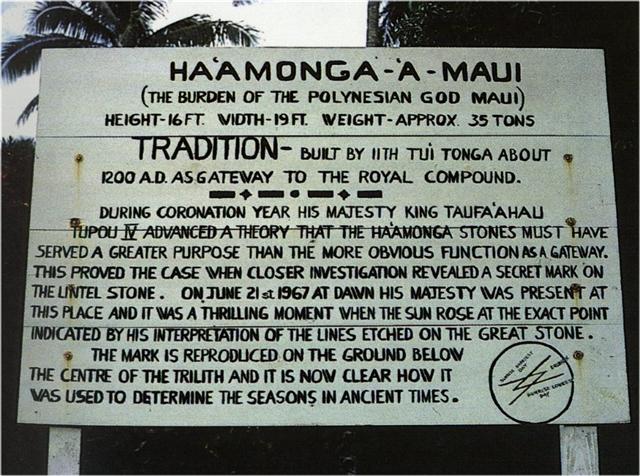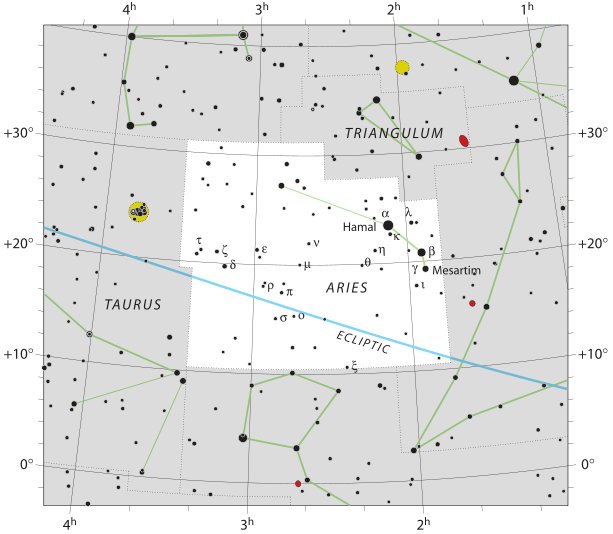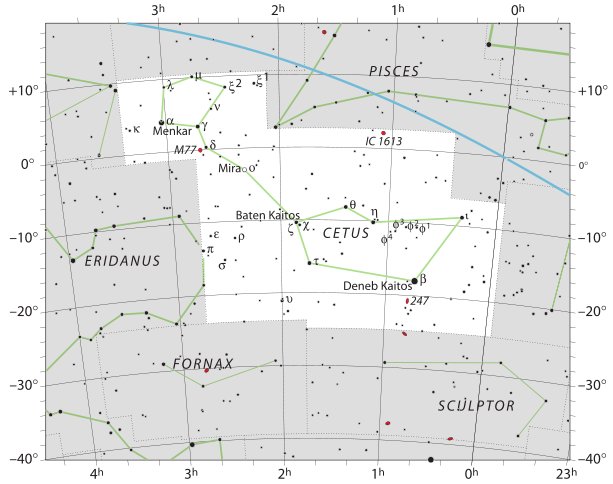Sa. sui, to dilute, to add ingredients to a thing; sui, to sew, to thread beads; susui, to mend, repair; susuia, to fasten the ridge-pole of a house. Tong., hui, mingle, mix, join; fufui, a flock of birds. N. Zeal., hui, huhui, to gather, mix, unite; ra-hui, a company; ka-hui, a herd, a flock. Tah., hui, a collection of persons, a company; hui-hui manu, flock of birds; hui-tara-wa, Orion's belt. Marqu., huhui, a bundle of taro.
Sanskr., yu, to bind, join, mix; yuj, to join; yuga, a yoke, a pair, a couple; yûti, mixing; yûtha, flock of birds or beasts. Greek, ζευγνυμι, to join, put to, yoke up, bind, fasten; ζευγος, a yoke of beasts, pair, couple; ζυγον, the yoke; ζωνη, belt, girdle. Lat., jugum, a yoke; jugo, bind up, tie together; jungo, bind, join, unite. Goth., juk, a yoke. A.-Sax., geok, id. Scand., ok, id. Armen., zugel, attach together, yoke up; zoygkh, a couple, a pair. Pers., yûgh, a yoke. Irish, ughaim, harness. Welsh, jow, yoke. Lett., jûgs, yoke. Anc. Slav., jgo, yoke. Bohem., gho, id. Lith., jungas, id.
A singular coincidence of application, if it has no nearer connection, by the Polynesian and the Latin of this word to similar purposes, occurs in the huhui and hui-tarawa of the former and jugulæ of the latter. In Hawaiian huhui designates a constellation generally, but especially that of the Pleiades; in Tahitian hui-tarawa, lit. the transverse or horizontal cluster, designates the stars generally called Orion's belt, and in Latin jugulæ represents the very same stars in the constellation Orion.
HUI², v. Haw., to ache, be in pain; s. bodily pain; niho-hui, the toothache; hui, huihui, cold, chilly, as morning air or cold water; hukeki, hukiki, cold, shivering on account of wet. N. Zeal., huka, cold. Tah., hui, hui-hui, to throb as an artery, twitchings in the flesh.
Sanskr., çuch¹, to be afflicted, grieve; çuch², to be wet, fetid; çuch, s., sorrow, grief; quære suçîma, cold? To this Sanskr. çuch Benfey refers the Goth. hiufau, to mourn, lament, and the O. H. Germ. huvo, an owl.





